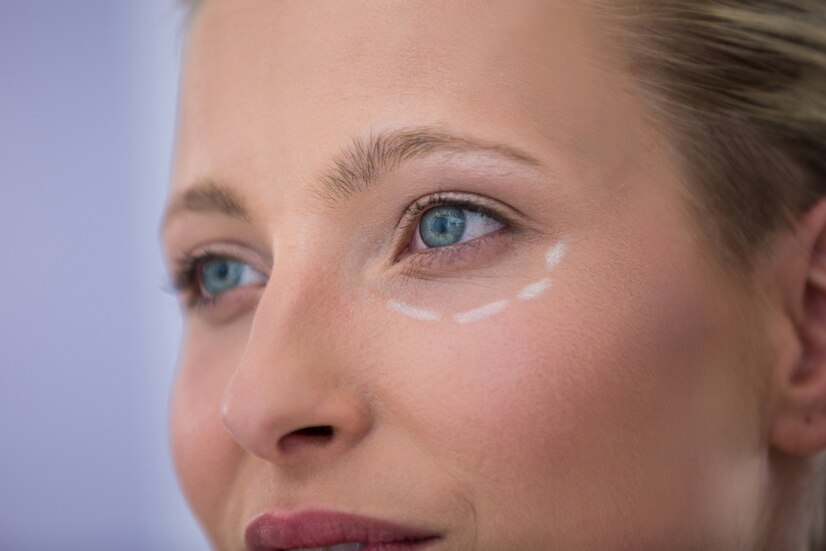We provide you the best Ophthalmology treatment in Chennai

What is the Orbit?
The orbit, commonly known as the eye socket, is the bony cavity in the skull that houses the eye and its associated structures, including muscles, nerves, and blood vessels. This complex area is crucial for the protection and proper functioning of the eye.
Understanding Orbital Diseases
Primary Orbital Diseases Orbital diseases can originate from within the eye socket itself. These may include tumors, inflammatory conditions, and infections that directly affect the structures within the orbit.
Secondary Orbital Diseases Secondary conditions can arise from existing illnesses or systemic diseases that impact the orbit. Examples include thyroid eye disease (Graves’ orbitopathy) and metastatic tumors from other parts of the body.
Impact of Orbital Diseases
Orbital diseases can be both functional and cosmetic in nature. While some issues primarily affect the appearance, such as protrusion of the eye (proptosis), others can impair the regular functioning of the eyes, leading to vision problems, discomfort, or even loss of vision if left untreated.
What is Oculoplasty?
Oculoplasty, also known as oculoplastic surgery, is a specialized branch of ophthalmology focused on the reconstruction and cosmetic enhancement of the orbit and surrounding structures. It encompasses a wide range of surgical procedures aimed at treating both aesthetic and functional issues.
Conditions Treated with Oculoplasty
Cosmetic Concerns Procedures can address cosmetic issues such as droopy eyelids (ptosis), baggy eyelids (dermatochalasis), and other aesthetic imperfections that affect the appearance of the eyes and surrounding area.
Functional Problems Oculoplasty can correct functional problems caused by conditions such as eyelid malpositions, tear duct obstructions, and orbital tumors. These procedures help restore proper eye function and alleviate discomfort.
Reconstructive Needs Reconstructive oculoplasty is essential for patients who have suffered trauma, congenital deformities, or require surgery for tumor removal. This aspect of oculoplasty aims to restore the normal anatomy and function of the orbital region.
FAQs on Orbit & Oculoplasty
Oculoplastics, or oculoplastic surgery, includes a wide variety of surgical procedures that deal with the orbit (eye socket), eyelids, tear ducts, and the face. It also deals with the reconstruction of the eye and associated structures.
Commonly done procedures :
- Entropion repair, which corrects eyelids that fold inward
- Ectropion repair, which corrects eyelids that turn outward
- Ptosis repair, which corrects drooping of the upper or lower eyelid
- External dacryocystorhinostomy (DCR), which restores the flow of tears
An oculoplastic surgeon is an ophthalmologist who performs cosmetic and reconstructive procedures on the eyelids, orbit (bones and anatomic structures behind the eyeball) and lacrimal (tear drain) system
Plastic surgeon is a person who trains in the cosmetic surgical correction of any part of the body while an oculoplastic surgeon restricts himself or herself to the eye and its surrounding structures

